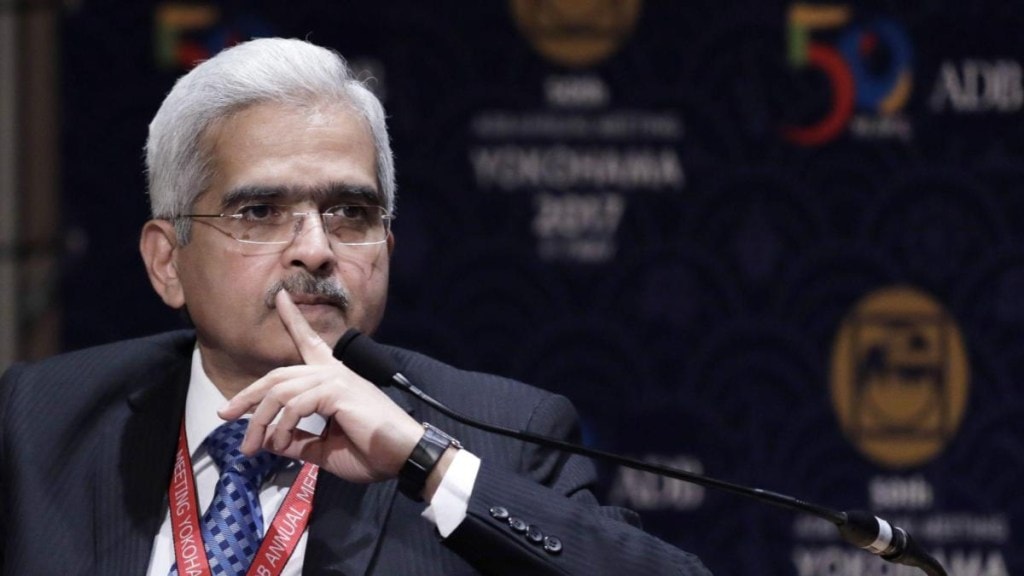Reserve Bank of India (RBI) governor Shaktikanta Das on Wednesday expressed concerns over the ‘outlier growth’ in personal loans of banks. In a meeting with MD and CEOs of public sector banks and select private lenders, he told them to remain vigilant of build-up of risks in the system as there is no scope for any complacency.
During the meeting, attended by deputy governors M Rajeshwar Rao and Swaminathan J, the governor highlighted the issue of banks’ exposure to NBFCs (non-banking finance companies) and adherence to co-lending guidelines, besides complimenting them on improved financial performance and that of the whole banking sector. The meeting was also attended by executive directors in charge of regulation and supervision.
“While noting the resilience of the domestic financial system with healthy balance sheets of banks, he observed that there is no scope for any complacency and banks should remain vigilant of build-up of risks, if any,” the RBI said in a statement.
Das stressed that customer grievance redressal mechanism and protection of customers’ interests are of paramount importance for the safety and stability of the financial system and that of individual financial institution.
Governor’s concerns over personal loans have come amid a sharp rise in the unsecured portfolio of banks. Worried about the sharp rise in personal loans, the RBI had decided to increase risk weights on unsecured loans in November last year when it directed banks and NBFCs to reserve more capital for risk weights. The mandatory risk weight requirement was increased by 25 percentage points and made applicable to unsecured personal loans, credit cards and lending to NBFCs.
Despite an increase in risk weights, the personal loan portfolio of lenders has grown at a brisk pace, with several banks witnessing a 20-60% growth in the third quarter of the current fiscal.
In its latest Financial Stability Report released in December, the RBI noted that notwithstanding the low level of delinquencies, there are some signs of risk build-up in consumer credit. The transition matrix for consumer loans and personal loans showed an increase in risk profiling, with downgrades exceeding upgrades. Also, relatively-high vintage delinquency of personal loans (8.2%) indicates declining standards of underwriting, noted the report.
According to sources, the governor also expressed concerns over the increase in banks’ exposure to NBFCs. As of December 2023, banks’ credit exposure to NBFCs stood at Rs 15.2 trillion, registering a 15.1% year-on-year increase. In October 2023, bank loans to NBFCs grew 22% YoY to Rs 14.8 trillion.
The governor also highlighted issues related to business model viability and liquidity risk management. He spoke on matters concerning IT and cyber security preparedness, operational resilience, digital frauds and strengthening of the internal rating framework.
Banks have also been encouraged to actively participate in RBI’s fintech initiatives and give a further push to digital banking units.

